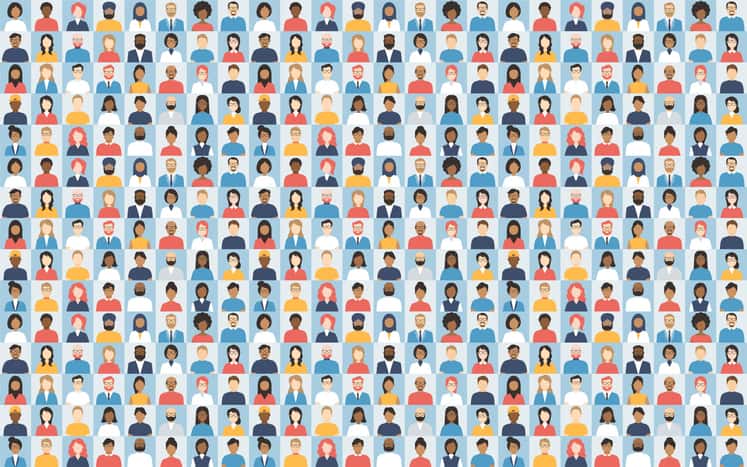Lookalike Percentage
Determines how closely your lookalike audience will resemble an original group of users. A lower percentage will result in a more homogeneous audience; a larger percentage leads to a broader audience.
What are lookalike audiences?
Lookalike audiences are one of the most powerful tools in the modern marketer’s arsenal. The unifying premise is that given a group of users, an ad platform’s algorithm can assemble a second group that resembles the original one.
What is a lookalike percentage?
The lookalike percentage determines how closely the original group of users will match with the second group assembled by the ad platform’s algorithm. Choosing the top 1% will result in a smaller but more homogeneous audience. Choosing a larger percentile, e.g. 5% or 10%, will result in a larger audience that is less homogeneous.
Why are lookalike percentages helpful?
By using the lookalike audience feature and choosing a lookalike percentage, you can scale your marketing to reach new audiences. Your campaigns are more likely to be successful because the audience resembles users who already enjoy using your product or service.

How do you build a lookalike audience?
Lookalike audiences are built by choosing a metric you want to base the new audience on. These metrics include CRM data, conversion data, or engagement data.
What are examples of a lookalike audience?
One example would be a seasonal lookalike audience. You could build an audience around the previous year’s purchase data for a specific holiday, say Valentine’s Day, to reach people likely to buy in the current year.
Seasonal lookalike audience example:
Relevant metrics: Highest cart value, past purchases, add to cart in a specific time frame
Similarity: 1% preferred